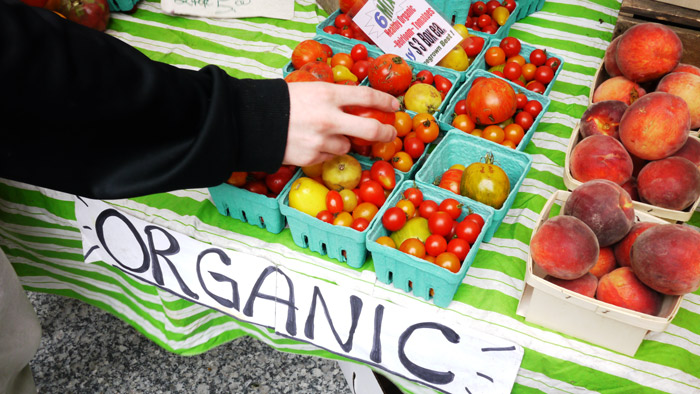Organic agriculture is a rising star in the U.S. agriculture landscape at the moment, and the demand for organic produce and products is expected to continue to grow . Organics are also a viable option for many farmers and ranchers looking to essentially diversify their operations and afford some measure of stability against volatile agriculture markets. The demand for organics is strong and the payout are higher. However, the cost of starting or converting to an organic operation is not free of problems or pitfalls. As in most corners of the ag industry, there are many things that could go wrong, costing a producer a great deal. Thankfully, the USDA has stepped up and expanded certain insurance products to organic enterprises to make the change a little less risky.
Organic produce and ag products make up $39 billion of the U.S. ag industry annually, and that sum is on the rise. It’s a lucrative undertaking for most as organic producers often see higher profits than their non-organic counterparts. However, crop insurance options have not reflected that higher profit prior to the announced changes in insurance options. For instance, it takes three years to transition from conventional to organic crops, and transitional crops can now be insured to their contract cost. Additionally, the USDA’s Risk Management Agency, (RMA), has increased the number of crops that have an organic premium price election from four to 57 since 2011. This creates a stronger safety net for conventional producers looking to transition to an organic operation.
The USDA continues to offer programs and policies to support the success of organic producers in the U.S., as is the case with all corners of the agriculture industry. The end result is a strong agriculture sector that drives the economy, provides produce and products for markets at home and abroad and offers a myriad of choices to consumers.



